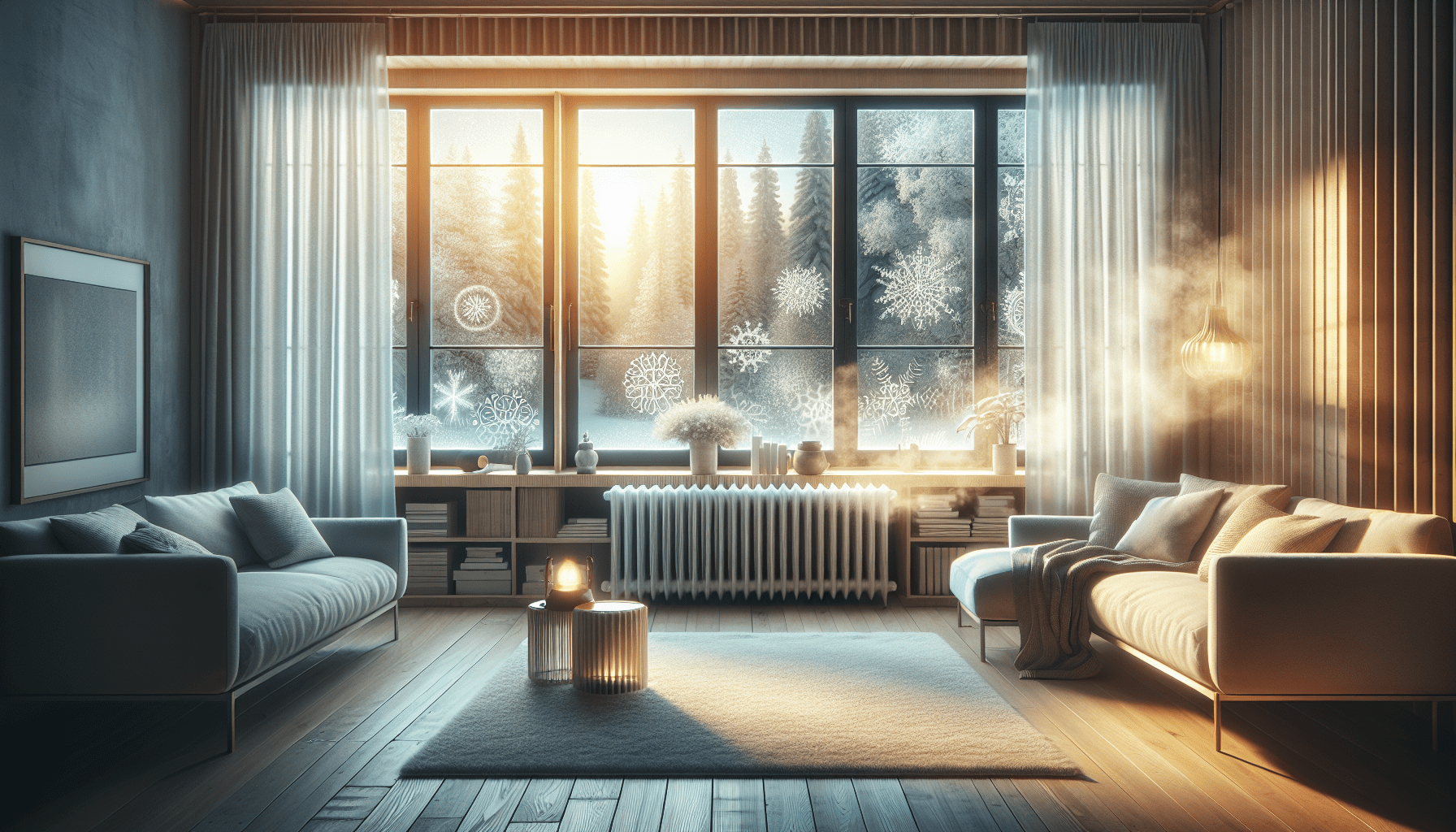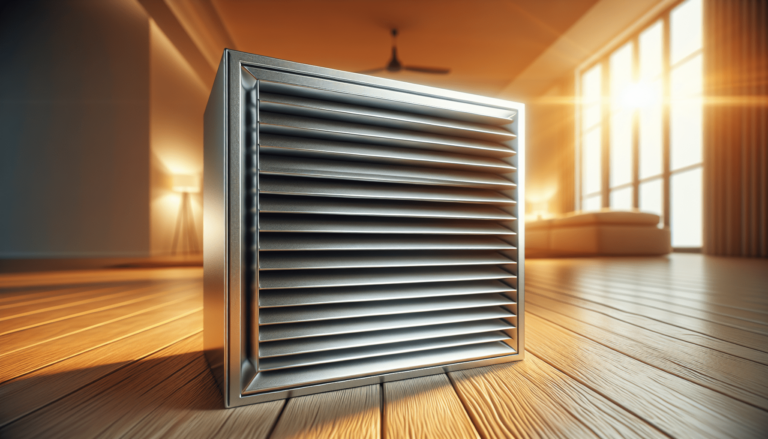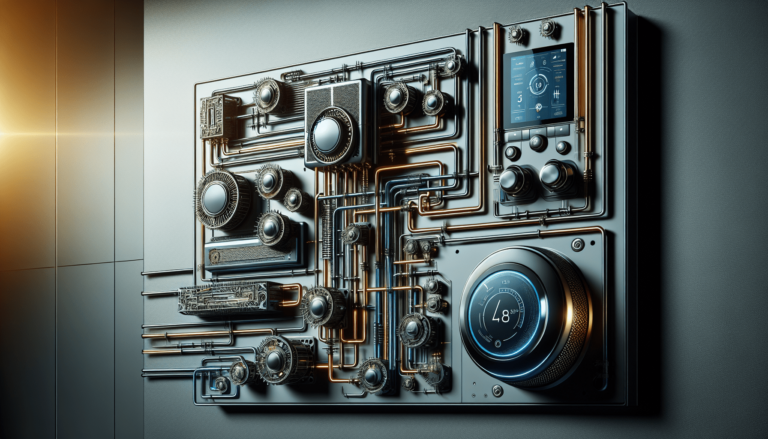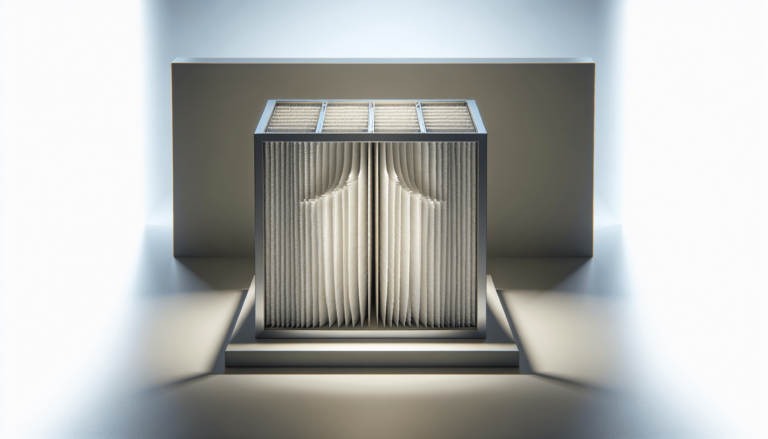

HVAC Services
Get Professional Repairs From The Area's Trusted HVAC Technicians. Ask About Our Services! We Offer Professional Heating & Cooling System Repairs And Guarantee Long-Lasting Results.
Got Question? Call us: (850) 678-2665Financing
Top Tips For Winterizing Your HVAC System
Ensure your home stays cozy with our top tips for winterizing your HVAC system. Learn why it’s vital for energy savings and comfort. Prepare for winter's chill!

Are you ready for the cold months ahead? As winter approaches, it becomes increasingly important to ensure your HVAC system is prepared to keep your home warm and comfortable. Maintaining your HVAC system isn’t just about comfort—in the long run, it can also save you a bundle on energy bills and prevent sudden breakdowns. Let’s explore how you can effectively prepare your HVAC system for winter.
Understanding Your HVAC System
Before you start with the winterizing process, it’s crucial to understand what your HVAC system does. HVAC stands for Heating, Ventilation, and Air Conditioning. This system regulates the indoor environment of your home, providing heated air during the cold seasons and cool air during the warmer months. A well-maintained HVAC system keeps your home cozy in the winter without hiking up the energy bill.
Components of an HVAC System
Your HVAC system comprises several components that work together. Understanding each element helps you in carrying out the winterization process more effectively:
- Furnace: Provides the warmth needed during winter.
- Ductwork: Channels air throughout your home.
- Thermostat: Manages the temperature setting according to your preference.
- Filters: Clean the air before circulating it through your home.
Keep these components in mind as they play a crucial role in maintaining an efficient HVAC system.
Why Winterizing is Important
You might wonder why winterizing your HVAC system is necessary. Winterization ensures that your system works efficiently, minimizing wear and tear. It helps in delivering consistent heat while being energy-efficient. This reduces operational costs and extends the life of your HVAC unit.
Economic Benefits
Energy efficiency is synonymous with cost savings. A well-maintained system runs optimally, which reduces energy consumption. The less energy your system uses, the lower your vulnerability to hefty energy bills. Simple maintenance routines can lead to significant savings.
Increased Longevity
Regular maintenance checks increase the lifespan of your HVAC system. By providing the care it needs, you help prevent premature breakdowns and costly repairs. It’s much like feeding your pet—consistent care ensures a long, happy life.

Assess Your Current HVAC System
Before diving into preparation, assess the current condition of your HVAC system. Start by observing its performance. Does it heat your rooms evenly? Do you hear any disturbing noises? Noting these issues can help you address specific problems during maintenance.
Regular Inspection
Schedule a regular inspection with a qualified HVAC technician. They can perform a detailed check of your system, spotting potential problems that might go unnoticed by the untrained eye. It’s like letting your mechanic take a good look under the hood before a long road trip.
DIY Checks You Can Perform
While professional checks are essential, some simple assessments can be done on your own. For example:
- Inspect your thermostat’s functioning.
- Examine visible ductwork for signs of wear and tear.
- Listen for unusual sounds when the system is running.
Taking notice early can prevent later hassle.
Clean or Replace Filters
Filters are a crucial part of your HVAC system. They trap dirt, dust, and allergens, contributing to healthy indoor air quality. Dirty filters make your system work harder, leading to increased energy consumption.
How to Change Filters
Fortunately, changing your filters is something you can easily handle on your own:
- Turn off your HVAC system.
- Locate your filter—it’s usually found where the return duct enters the equipment.
- Remove the old filter and note its size.
- Insert the new filter, ensuring it faces the correct direction (usually indicated by an arrow on the filter).
Change or clean the filters every 1-3 months, depending on usage and household conditions.

Check and Seal Ductwork
Your HVAC system relies on an intricate network of ducts to distribute warm air. Over time, these ducts may develop leaks, reducing system efficiency. Checking and sealing ductwork is crucial to maintaining efficient airflow and reducing energy loss.
Steps to Seal Ductwork
- Inspect all visible ducts for gaps, disconnected sections, or holes.
- Use metal-backed or HVAC-specific tape to seal small gaps.
- For larger gaps, consider using a mastic sealant.
- Insulate ducts in unconditioned spaces to prevent heat loss.
Properly sealed and insulated ducts enhance efficiency and ensure even heating throughout your home.
Thermostat Settings and Upgrades
Your thermostat is the command center for your HVAC system. Correct settings and smart upgrades can improve efficiency and comfort.
Optimal Thermostat Settings
During winter, it’s recommended to set your thermostat to around 68°F when you’re at home. Lower the temperature slightly when asleep or away. Smart thermostats can automatically adjust temperatures based on your schedule, providing convenience and cost savings.
Upgrading to a Smart Thermostat
If you haven’t already upgraded, consider switching to a smart thermostat. These devices learn your schedule and preferences, making automatic adjustments to maximize comfort and efficiency. Plus, remote access allows you to control your home’s climate settings from anywhere.
Perform a Safety Check
A safe heating system is critical for your family’s health. Performing a safety check ensures your HVAC system runs without putting your household at risk.
Inspect the Furnace and Vents
- Furnace: Examine the furnace blower, flame sensor, and burners. Make sure they’re clean and free of debris.
- Vents: Ensure that vents and flues are unobstructed to allow dangerous gases like carbon monoxide to escape. Keep an eye out for rust or corrosion on vent pipes.
Remember, a safe furnace can prevent serious health risks.
Plan for Professional Maintenance
While DIY checks and basic maintenance are helpful, scheduling professional maintenance is invaluable. Professionals use specialized tools and training to diagnose and repair issues effectively.
What to Expect in a Professional Maintenance Visit
- Thorough inspection of all HVAC components.
- Cleaning of parts like the blower, motor, and burners.
- Testing system performance and safety controls.
- Recommendations for repairs or upgrades as needed.
Professional maintenance ensures your system operates safely and efficiently through winter.
Invest in Proper Insulation
Improving your home’s insulation reduces the burden on your HVAC system, enhancing its efficiency. Proper insulation keeps warm air in and cold air out.
Types of Insulation
Consider adding or upgrading insulation in critical areas:
- Attic: Use blown-in or batt insulation to reduce heat loss.
- Walls: Consider insulating exterior walls for enhanced thermal efficiency.
- Basements and crawl spaces: Insulate these areas to prevent heat escape.
Correct insulation reduces energy costs while keeping your home warm and cozy.
Monitor Your System
After completing these steps, continue to monitor your HVAC system’s performance. Listen for unusual sounds, and don’t hesitate to contact a professional at the first sign of trouble. Ongoing attention keeps your HVAC system running effectively all winter long.
Winterizing Checklist
To simplify the process, here’s a handy checklist for winterizing your HVAC system:
| Action | Frequency |
|---|---|
| Change or clean filters | Monthly |
| Seal and insulate ducts | Bi-Annually |
| Check thermostat settings | Seasonally |
| Schedule professional tune-up | Annually |
| Inspect furnace and vents | Monthly |
Conclusion
Getting your HVAC system ready for winter is an investment in comfort, efficiency, and safety. By following these tips, you ensure a cozy home environment and reduce the risk of costly repairs. If you need professional assistance, Tempacure Heating and Air Conditioning is ready to help. Visit Tempacure Heating and Air Conditioning for expert HVAC services. Here’s to a warm and worry-free winter!







